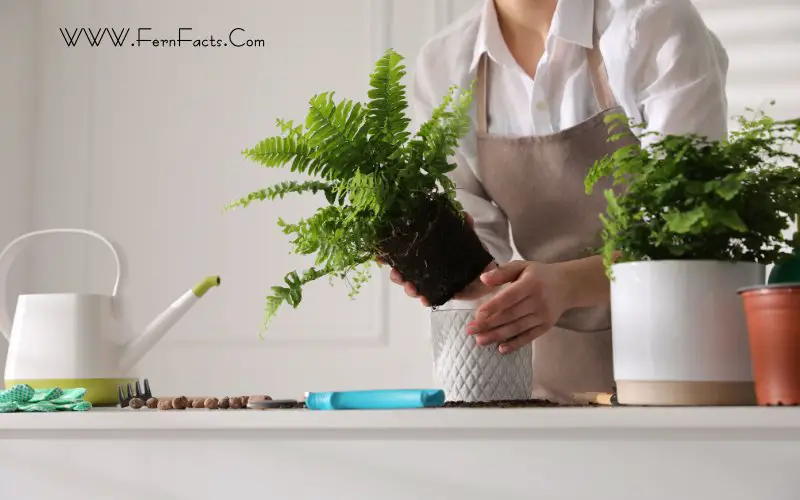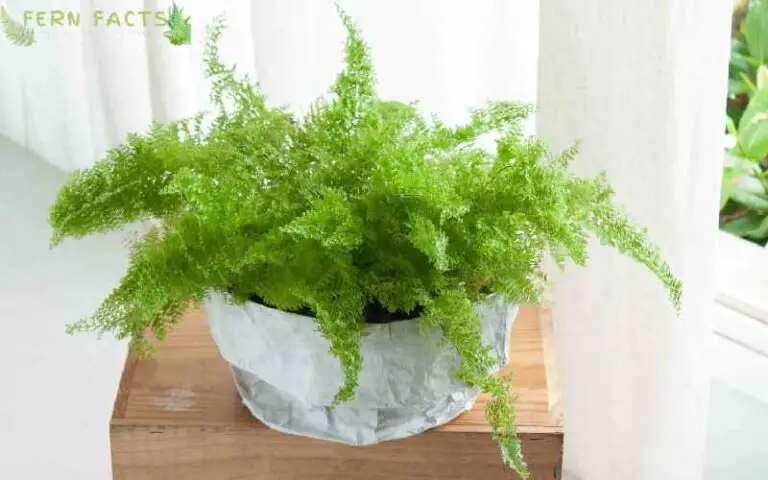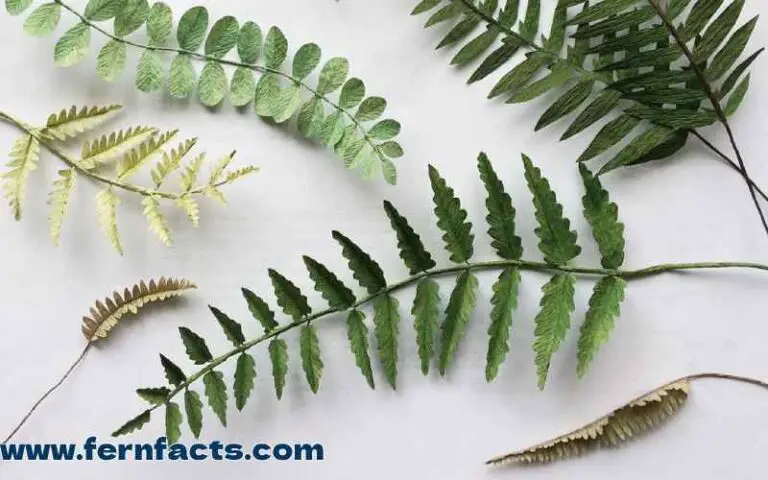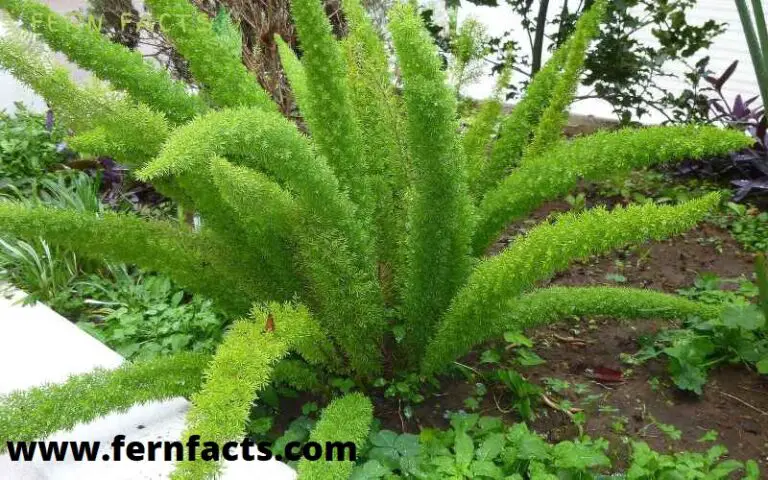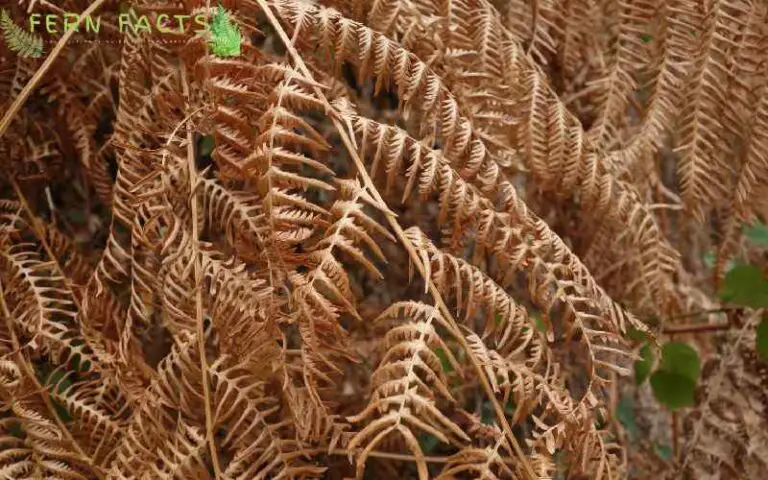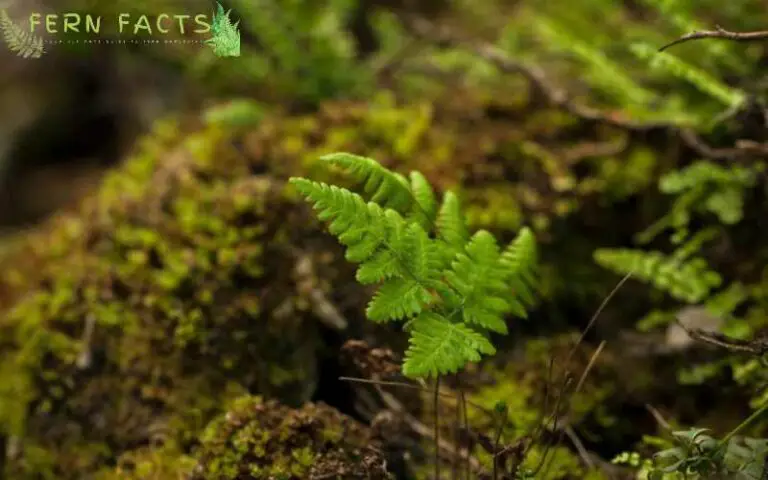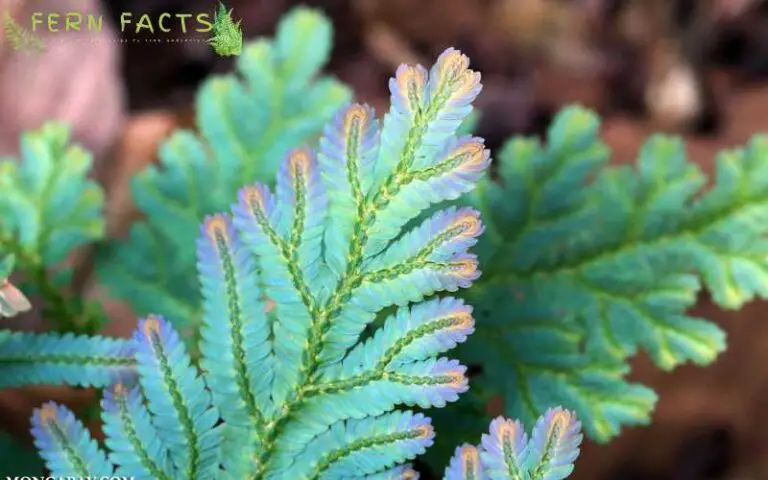Ferns That Grow in Full Shade
Do you have a shady area of your yard that desperately needs sprucing up and a pop of interest? Do you need help with landscaping ideas and determining which plants would do best in full shade?
There’s a perfect solution that is both low maintenance and extremely eye-catching. While ferns thrive in partial sun, a handful of fern varieties do exceptionally well in full shade.
These low-light plants add texture, beauty, and elegance to any outdoor space and come in different shapes, sizes, and colors. Whether you place them in the ground or decorative pots, they can transform the look of your yard.
So let’s look at what ferns grow in full shade and all the care requirements necessary to thrive.
What Types of Ferns Grow in Full Shade?
While most ferns tend to require partial shade, an impressive amount can tolerate and thrive in full shade. Even better is that they all differ significantly in looks and size, which means you can pick a few different ones and create a beautiful clustering in a garden bed. Here’s at some popular ferns for shade:
1. Soft Shield Fern (Polystichum setiferum)
This is an evergreen fern whose stalks have cinnamon-brown scales and bright green fronds. This helps to make it look very unique and eye-catching.
It is native to southern and western Europe and has 30-120cm long fronds. The fronds tend to droop downwards, and a mature plant typically has four to 10 fronds. Its fronds appear densely packed, giving it a delicate vibe.
2. Wallich’s Wood Fern (Dryopteris wallichiana)
Wallich’s Wood Fern stands out in that it is a large fern. It does well as a backdrop to other shade-loving plants. Its fern fronds can reach four feet in height, making it impressive. Those ferns are easy to grow and also cost-effective.
It can also be used as groundcover and under shrubs for interest. The fronds are light green, and the stalks are dark brown with scaly ribs. It is native to Jamaica, Mexico, Hawaii, and the Himalayas.
3. Hart’s Tongue Fern (Asplenium scolopendrium)
Hart’s Tongue Fern is an incredibly unique and popular fern for shade. And also thanks to its unusual fronds. It’s a perennial native to North America and isn’t always readily available. If you find this one, it will make a lovely addition to your shade garden. What makes it so unique is the untoothed fronds it has.
They are long, bright green, and have a glossy finish. They can grow 20-40cm long and almost look like a strap. One thing to note is that it is a slow-growing fern, so build that into the design.
4. Japanese Holly Fern (Cyrtomium falcatum)
This Holly fern does well indoors and outdoors and will thrive in full shade. It grows quite big, reaching 1-3 feet in height and 2-3 feet in width.
This makes it a focal piece of the garden rather than decorative. It can be perfect for containers. Keep in mind it’s not windy, or hardy. The fronds have sawlike edges, are a rich emerald green, glossy, and almost look like leather because they are so smooth.
5. Japanese Painted Fern (Athyrium niponicum)
The word “stunning” can describe the Japanese painted fern. Unlike so many green ferns, this one is colorful, with a silver and almost purple-like quality.
It gets to be 18″ in height and 24″ in spread and is perfect if you want to add fine and delicate texture to grow your garden.
6. Lady Fern (Athyrium filix-femina)
Another perennial, the Lady Fern features loose tufts of fronds 2-3 1/2 feet in spread. It can be green with a bit of yellow, adding interest to shady gardens. The long fronds have a leather-like appearance to them.
7. Christmas Fern (Polystichum acrostichoides)
When you think of a typical fern with its bright green fronds that stand upright and have that glossy finish, a Christmas Fern ticks off all the boxes. It is a hardy fern with fronds that spread 1-2 feet. This one is highly adaptable, making it versatile.
Also Read More About Tassel Fern (Polystichum Polyblepharum)
What are the Ideal Conditions for Shade Loving Ferns?
To ensure these ferns thrive in the full shade, you need to be mindful of the type of soil, moisture levels, and temperature.
Because they aren’t heavily reliant on the sun, you need to ensure all other conditions are right. The soil needs to be rich in organic matter so optimal water retention is achieved, and they get ample nutrients.
You can also Mix compost, organic mulch, peat moss, and even humus-filled soil. These provide the needed nutrients and help retain moisture so that the soil doesn’t get too dry.
While many of these shade-loving ferns can tolerate cooler temperatures, they have limits. Ferns are ideal for bringing indoors during the coldest months, as long as you have them in containers/pots rather than the ground.
How Much Water Do I Give Ferns?
You may be hesitant to water ferns when they are in the full shade since the sun isn’t drying them out. The thing to remember with ferns is they need moist soil at all times, so even in the shade, they’ll need watering.
At the same time, overwatering can cause root rot, so you need to find that perfect balance.
Frequent watering is the best approach, ensuring it’s just a small watering and you’re giving them only a little at a time. Test the soil with your thumb to feel dryness/moisture level, then base your watering on the results.
How Much Light Do Full Shade Ferns Need?
Full shade ferns can be deceiving in that homeowners may assume that means they don’t need any sun. This is different; even full-shade ferns require four or fewer hours of sunlight daily. It’s all about properly positioning the fern to get the right amount and type of sun.
Shade ferns require indirect light, which means the sunlight isn’t directly hitting them. If they get direct sunlight, the fronds will burn and turn brown and dry. Ideally, the fern should be east or north facing. A good indicator that it’s getting too little light is when the fronts turn yellow, and growth stops.
How to Fertlize Shade Ferns
The best tip is to create a schedule, as ferns like regular feeding. A slow-release fertilizer is usually the safest and most efficient option. You can give this to your ferns once a month during the growing season. By mid-autumn, fertilization can stop. Choose a balanced fertilizer with 200ppm nitrogen, which is 20-10-20 or 20-20-20.
What About Full shade Ferns Maintenance?
The good news for those who don’t want a high-maintenance plant is that ferns that grow in full shade are known to be very easy. Remove damaged or dead fronds with pruners at the base near the soil.
This allows the nutrients to flow to the healthy fronds instead. It would be best to keep an eye on potential pests and diseases that can damage and even kill your fern.
The most common pests are mealy bugs which will suck all the nutrients from your fern. It’s best to cut off the affected areas of the fern and then apply a product that kills the bugs.
Other pests include mites, nematodes, and aphids.
The disease can be caused by drought, over-watering, over-fertilization, and pathogens. This is why a balanced maintenance approach is necessary. Should a pathogen strike your ferns, you’ll need to use a fungicide and plant it in a pathogen-free potting mix.
Add Interest and Color to the Shady Areas of Your Yard
So if you’re ready to spruce up the shady areas of your yard, consider what ferns can add to the space. They are elegant, unique, and eye-catching but low maintenance.
As long as you provide indirect sunlight, maintain moisture in the soil, create a fertilization schedule, and watch for pests and diseases, you’ll have no problem growing healthy, beautiful, looking shade ferns. It’s worth looking into these and other types of ferns that thrive in full shade.

